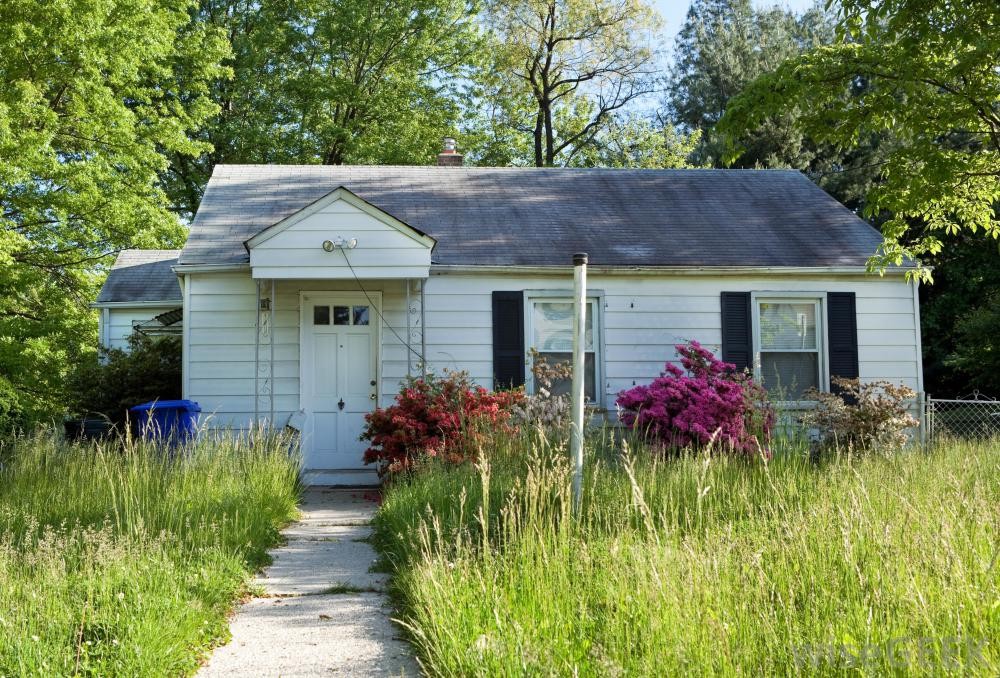The Best Ways To Profit From Distressed Housing
Post on: 15 Сентябрь, 2015 No Comment

see photos Jason Grow for forbes
The following story appears in the June 25, 2012 Investment Guide issue of Forbes Magazine.
Early last year Nicholas Vercollone bought his first property: a run-down three-family Victorian in the working-class Boston suburb of Chelsea for $175,000 in cash. The place, which he spotted on Zillow.com. was being sold “as is” by an estate. “There was two feet of snow in the living room, and we were working in raincoats through the spring,” chuckles Vercollone, a 32-year-old carpenter who decided to invest in distressed properties after working on renovations for other investors.
Fourteen months of near-daily labor and $375,000 in home improvement costs later, he put the updated units up for sale: $299,000 apiece for two three-bedroom condos and $270,000 for the two-bedroom third-floor unit. Like many young entrepreneurs, Vercollone financed the deal in part with loans from relatives (more on family lending here ). After they, the Realtors and the tax collectors get paid, he figures that if he gets just 90% of his asking price for the units he’ll net up to $50,000.
Not great for a year’s work (he did odd jobs to support himself) but enough to convince him there’s money to be made in distressed residential real estate. Vercollone and his fiance just snapped up a two-family house they plan to renovate and hold as a rental—the first of many they hope to own.
Gallery: 12 Must-Know Tips Before Becoming A landlord
Video: Getting Rich In Real Estate
Since the housing bubble burst and the foreclosure wave began, nearly 4 million families have been pushed into the rental market. Meanwhile, the supply of habitable rental units has shrunk, what with new housing starts depressed and many foreclosed homes gone to ruin. The result: Rents are rising. The National Association of Realtors projects a 4% average increase in rents nationally this year and 4% in 2013.
So investors, ranging from large private equity funds to carpenter-entrepreneurs, are flocking to housing. The National Association of Realtors estimates investors accounted for 1.23 million home purchases, or 27% of sales, in 2011—up from 749,000 investment purchases, or 17% of sales, in 2010.
Today’s individual investors are a different breed from those who queued up in the early 2000s to buy new Tampa condos on credit, hoping to flip them for a quick profit. Last year half of investment purchases were for cash and half were of distressed properties. The median price paid was $100,000, up 6.4% from $94,000 in 2010. If buyers are planning to flip a property these days, it’s usually after fixing it up. And many are looking for a long-term, stable income play—something paying more than the 2% current yield on ten-year Treasurys.

Goldman Sachs economists estimate that rental properties (acquired at today’s prices) are yielding more than 6% on average nationwide. Even Warren Buffett lauds distressed single-family homes as an attractive investment now.
Tempted? Here are some pointers.
Getting dirty
“When investing in real estate the first question to ask yourself is ‘Do I want to get dirty?’” says Andrew Waite, publisher of Personal Real Estate Investor Magazine. If you have either building skills or a knack for managing contractors, you could pick up a cheap fixer-upper, rehab it and sell it or rent it out.
This is harder than it sounds, although the dearth of new construction means you can probably get quality workmen at reasonable rates in most markets. Vercollone suggests paying a general contractor $200 to $300 to walk through a property you’re serious about buying. (He did.) Take the contractor’s estimate, factor in other costs (taxes, marketing, etc.) and then add 20%, since something unexpected is sure to crop up.














